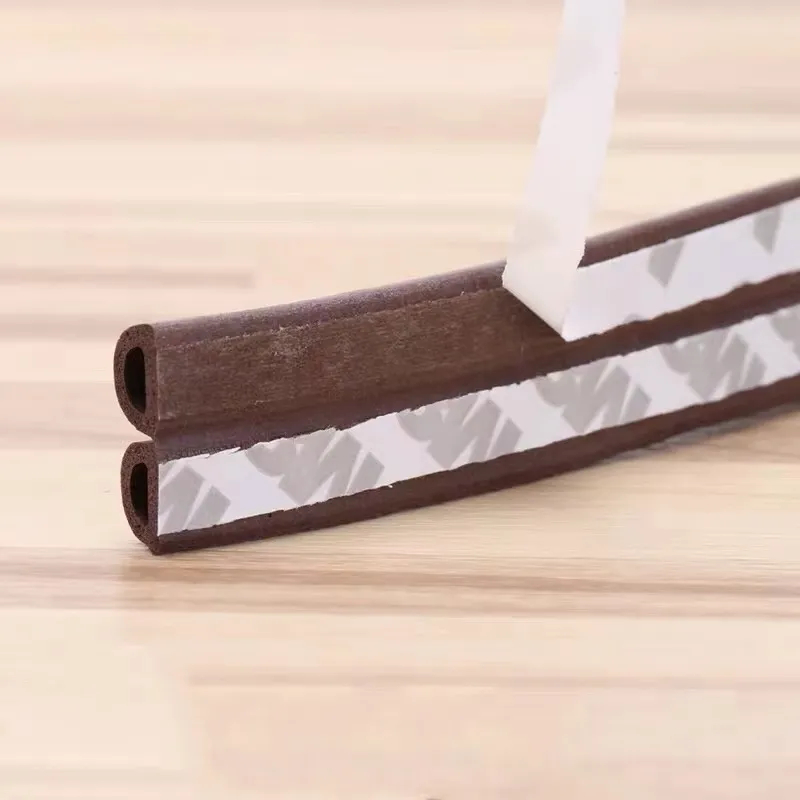outside door bottom seal
Understanding the Importance of Outside Door Bottom Seals
When it comes to home insulation and energy efficiency, one often overlooked component is the door bottom seal. An outside door bottom seal is a critical part of exterior doors that helps maintain a comfortable indoor environment while reducing energy costs. In this article, we will explore the significance of door bottom seals, the different types available, and how to properly maintain them to ensure optimal performance.
What is an Outside Door Bottom Seal?
An outside door bottom seal is a weatherproofing accessory installed at the bottom of an exterior door. Its primary function is to close the gap between the door and the threshold, preventing drafts, moisture, pests, and dirt from entering the home. These seals come in various materials, including rubber, vinyl, and metal, and can be found in a range of styles suited for different door types.
Importance of Door Bottom Seals
1. Energy Efficiency One of the most significant benefits of having a door bottom seal is energy savings. Gaps underneath doors can lead to significant heat loss during the winter months and excessive heat gain in summer. By preventing air leaks, door bottom seals help maintain a consistent indoor temperature, thereby reducing the workload on heating and cooling systems and, in turn, lowering energy bills.
2. Moisture Protection Outside door bottom seals act as a barrier against rain and snow. Without a proper seal, moisture can seep into the home, resulting in potential water damage and mold growth. A good seal helps protect your home’s interior from the elements, contributing to a healthier living environment.
3. Pest Control Unsealed gaps can also serve as entry points for pests such as insects and rodents. An effective door bottom seal creates a barrier that keeps these unwelcome guests out, ensuring a cleaner and healthier home.
4. Noise Reduction For those living in busy neighborhoods, noise pollution can be a significant issue. An outside door bottom seal can also help dampen sound transmission, contributing to a quieter indoor space.
Types of Outside Door Bottom Seals
outside door bottom seal

There are several types of door bottom seals available, including
- Brush Seals These seals have bristles that conform to the threshold and create a flexible barrier against drafts and debris. - Rubber or Vinyl Seals These are solid materials that provide a tight seal. They can be installed as part of a door sweep or as a separate attachment.
- Metal Seals Often combined with weatherstripping, metal seals are durable and provide excellent protection against moisture and drafts.
Installation and Maintenance
Installing an outside door bottom seal can be a straightforward DIY project. Here are the steps to follow
1. Measure the width of your door and cut the seal to the appropriate length. 2. Clean the bottom of the door and the threshold area to ensure proper adhesion. 3. Attach the seal using the adhesive or screws provided, ensuring a snug fit against the threshold.
To maintain the effectiveness of your door bottom seal, regularly inspect it for signs of wear or damage. Replace any seals that are cracked or worn out to ensure continued protection against the elements.
Conclusion
An outside door bottom seal is a small but crucial component of home insulation and energy efficiency. By understanding its importance and ensuring proper installation and maintenance, homeowners can protect their living space from drafts, moisture, pests, and noise. Investing in a quality door bottom seal not only enhances comfort but also contributes to energy savings, making it a worthwhile addition to any home. Whether you’re building a new home or simply upgrading your current doors, don’t underestimate the power of a good door bottom seal.
-
Under Door Draught Stopper: Essential ProtectionNewsJul.31,2025
-
Garage Door Seal and Weatherstrips for ProtectionNewsJul.31,2025
-
Edge Banding Tape for Perfect EdgesNewsJul.31,2025
-
Table Corner Guards and Wall Corner ProtectorsNewsJul.31,2025
-
Stair Nose Edging Trim and Tile Stair SolutionsNewsJul.31,2025
-
Truck Bed Rubber Mats for Pickup BedsNewsJul.31,2025
-
Window Weather Stripping for Noise ReductionNewsJul.29,2025